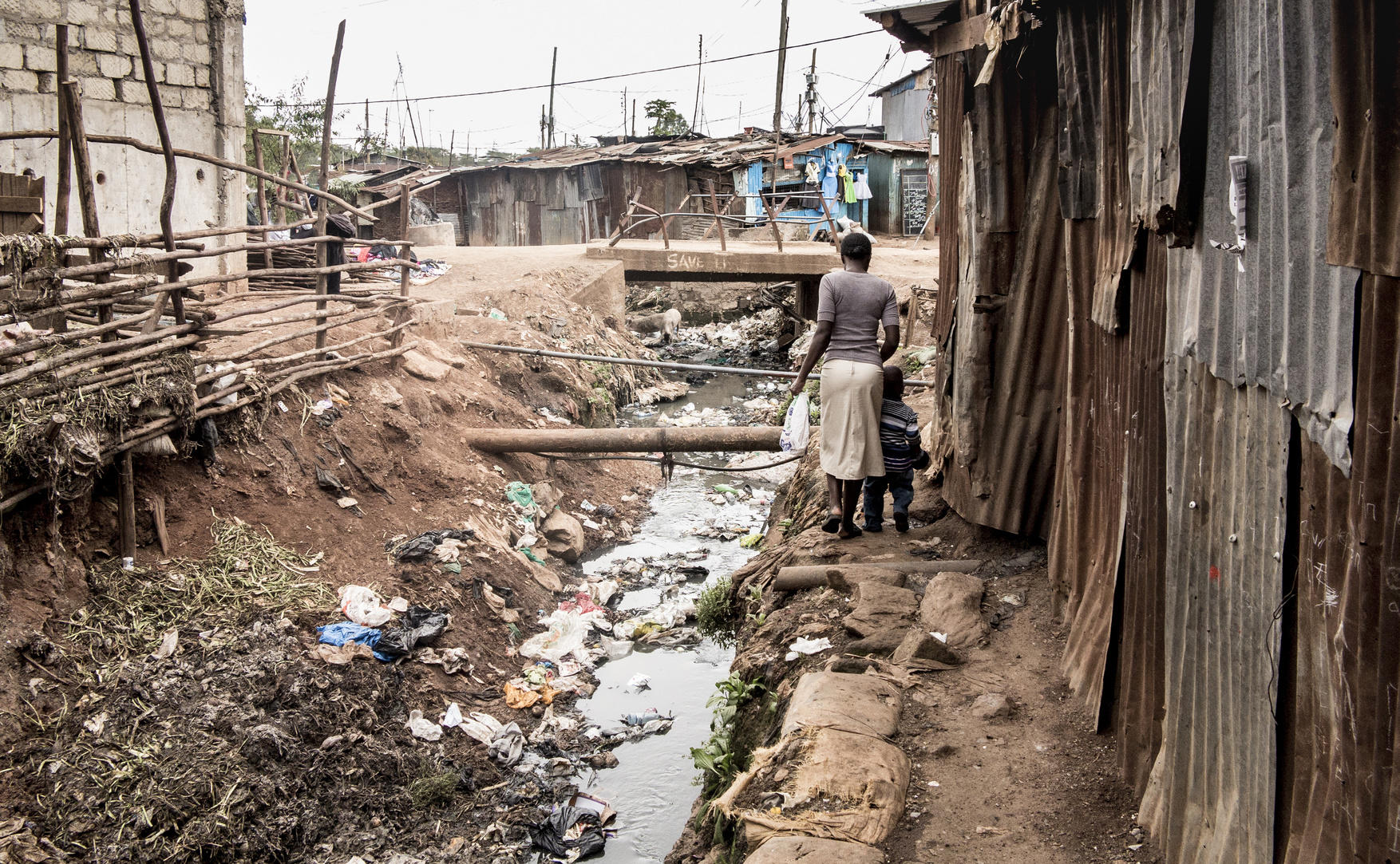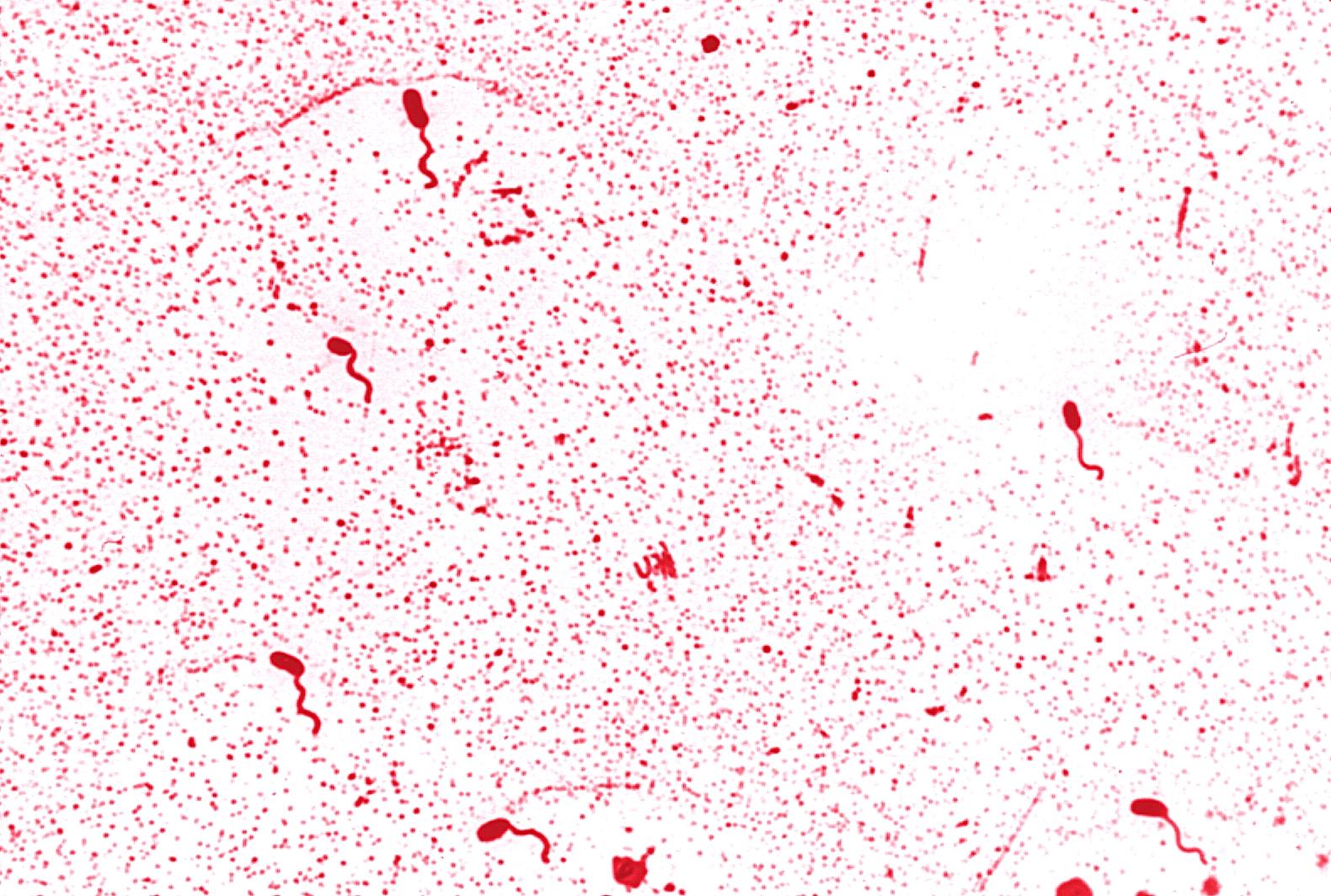Cholera disease and symptoms

Symptoms of cholera infection may include:
- Diarrhea. Cholera-related diarrhea comes on suddenly and may quickly cause dangerous fluid loss — as much as a quart (about 1 liter) an hour. Diarrhea due to cholera often has a pale, milky appearance that resembles water in which rice has been rinsed (rice-water stool).
- Nausea and vomiting. Occurring especially in the early stages of cholera, vomiting may persist for hours at a time.
- Dehydration. Dehydration can develop within hours after the onset of cholera symptoms. Depending on how many body fluids have been lost, dehydration can range from mild to severe. A loss of 10 percent or more of total body weight indicates severe dehydration.
Signs and symptoms of cholera dehydration include irritability, lethargy, sunken eyes, a dry mouth, extreme thirst, dry and shriveled skin that's slow to bounce back when pinched into a fold, little or no urine output, low blood pressure, and an irregular heartbeat (arrhythmia).
Dehydration may lead to a rapid loss of minerals in your blood (electrolytes) that maintain the balance of fluids in your body. This is called an electrolyte imbalance.
Vibrio Cholerae
Vibrio cholerae bacillus is found in natural surroundings, such as brackish water of estuaries where the surface of the water is colonised with seaweed and copepods, which nurture the bacillus, enabling it to persist without human contact for long periods of time.

Once convinced of the plausibility of the model, developed countries in Europe and North America made massive investments in infrastructures for potable water treatment and supply and sewage treatment. These investments in Water, Sanitation and Hygiene, eliminated the threat of cholera in the major developed cities in Europe and North America.
